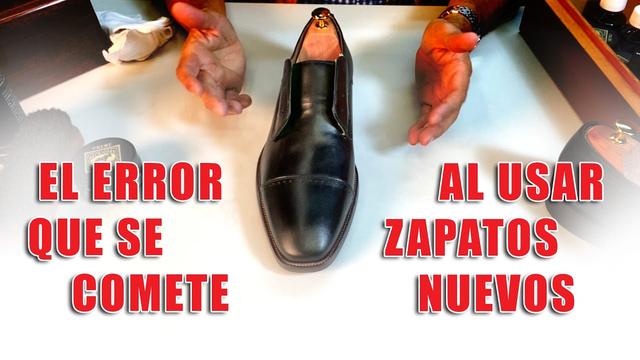
For years, the method of buying a pair of shoes was as follows: we went to the store, selected the ones we liked the most, put one on, pressed with our hand on the toe to see if the big toe touched the edge, walked a little and, not very convinced , we stayed with those who best adapted. And if there wasn't one that exactly fit our size, we used the strategy of selecting the smallest because, you know, it stretches.
Guess what? We were doing it wrong. As explained in a report published in 'Business Insider', Ryan Stowe , footwear expert at the Allen Edmonds company, there is a problem shared by between 75 and 80% of the men who come to his store to buy top quality shoes , and is to look only at the length of the shoe and ignore the width .
“Wait a minute”, many will say. "Of course we overlooked the width, because the size only refers to the length." And it will be true, but only partially: more and more brands –many of them sports shoes, but also dress shoes– offer products with different lengths and widths, which generally use a measure in letters : D is the average in the masculine footwear and the B in the feminine one. Each letter is half a centimeter, so those with slightly narrower or wider feet can try the closest letters.

“Usually we wear shoes that are too big ,” says Stowe, who says that even if we think it doesn't show. The strategy he uses to check the size of the foot (not only in terms of width, but also in length) is to measure the distance from the toes to the heel as well as from the front third of the foot (the widest part of the foot). of the same) to the heel, and that it does not always measure the same.
When the shoe is not the right size, creases appear both on the surface of the shoe and on the sole, signs that they do not fit perfectly
The future, he assures him, are the shoes that allow the foot to be better distributed within the space of the shoe. On many occasions, it is enough to find footwear that has the same volume as our foot and that guarantees that the length / width ratio is correct: in general, we tend to settle for a fit, regardless of whether the shoe is bulging ( because it is too narrow) or too wide. Stowe himself explains in another report how we can tell if the shoes are not the right size: